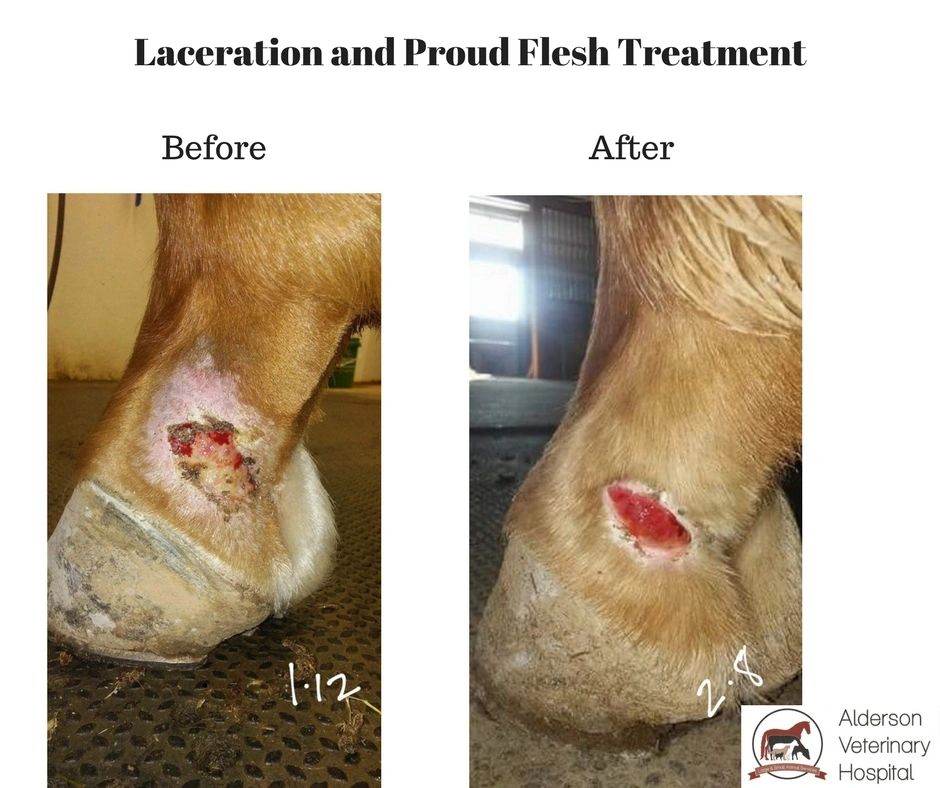Discover the Remarkable Benefits of Equine Therapy for Emotional Healing
Discover the Remarkable Benefits of Equine Therapy for Emotional Healing
Blog Article
Assessing the Effectiveness of Laser Treatment in Horse Treatment for Injury Rehab
The evaluation of laser therapy's performance in equine injury rehabilitation depends upon numerous elements, consisting of recuperation time, pain mitigation, and tissue regrowth. Clinical research studies recommend remarkable enhancements in conditions like tendonitis and osteo arthritis, credited to improved cellular function and raised ATP manufacturing. Veterinarians often observe premium outcomes with laser therapy compared to traditional approaches, positioning it as a crucial element in equine care. The necessity for continuous tracking and personalized treatment strategies can not be overemphasized. What specific medical proof sustains these insurance claims, and exactly how do vets apply these protocols in practice?
Understanding Laser Therapy
Laser therapy has become a pivotal device in veterinary medicine, specifically in the therapy of equine conditions. Known for its non-invasive nature and effectiveness, laser therapy entails the application of details wavelengths of light to promote tissue repair and reduce swelling. This restorative technique is increasingly preferred for its capacity to speed up the healing procedure in equines experiencing a selection of musculoskeletal injuries and chronic conditions.
The key mechanism behind laser therapy is its capacity to enhance cellular functions. When laser light penetrates the skin, it is absorbed by mitochondria, the powerhouse of cells, which leads to boosted manufacturing of adenosine triphosphate (ATP) This biochemical energy increase facilitates cellular fixing and regeneration. Furthermore, laser treatment promotes vasodilation, enhancing blood circulation and oxygen distribution to damaged tissues, hence speeding up recuperation.
In equine medicine, laser treatment is specifically advantageous for problems such as tendonitis, osteoarthritis, and wound healing. The method is admired for its pain-relieving residential properties, permitting horses to restore wheelchair and feature extra rapidly. Veterinarians also appreciate its minimal negative effects contrasted to various other therapy techniques, making it a reliable and safe option for equine care.

Exactly How Laser Treatment Works

Upon absorption, these photons set off a collection of biochemical adjustments, boosting mitochondrial feature and bring about boosted adenosine triphosphate (ATP) manufacturing. This increase in ATP accelerates cellular metabolism, promoting cells repair work and regeneration. Furthermore, laser treatment regulates inflammatory feedbacks by impacting cytokine levels and reducing oxidative stress, therefore easing discomfort and swelling.
One more substantial element of laser therapy is its duty in improving microcirculation. The therapy advertises vasodilation, enhancing blood circulation and oxygen shipment to damaged cells (Equine Therapy). This helps with the elimination of cellular particles and supports the expansion of fibroblasts and collagen synthesis, important for injury healing
Professional Evidence
The efficiency of why not find out more laser therapy in equine treatment has actually been validated via various scientific researches, showcasing its therapeutic prospective throughout a variety of problems. A number of controlled tests and observational research studies have actually recorded significant enhancements in cells repair work, discomfort decrease, and overall rehab timelines. As an example, a research conducted by Turner et al. (2012) demonstrated that steeds treated with low-level laser treatment (LLLT) for tendon injuries exhibited sped up recovery contrasted to those obtaining conventional therapies. The research study highlighted a marked reduction in swelling and improved collagen formation.
Similarly, study by Johnson and colleagues (2015) concentrated on equine muscle mass injuries, revealing that laser treatment considerably expedited click here for info muscular tissue fiber regeneration and lowered muscular tissue stiffness. Professional evaluations have revealed that laser therapy can ease chronic problems such as osteoarthritis.
Vet Insights

Vets additionally value the adaptability of laser therapy. She points out that laser treatment can be customized to the certain requirements of each horse, ensuring optimum end results.
Additionally, veterinarians value the ability to incorporate laser therapy with other treatment modalities. This multimodal method can boost total therapy efficacy, offering an extensive option for equine recovery. Such endorsements from skilled specialists highlight the growing approval and application of laser therapy in equine medication.
Practical Considerations
A key facet of carrying out laser therapy in equine therapy involves understanding the functional considerations that guarantee its efficacy and safety and security. It is crucial to choose the appropriate laser gadget, as various kinds vary in wavelength, power, and penetration deepness. Veterinarians need to be well-versed in these specifications to tailor therapy methods properly to every injury kind
In addition, the regularity and duration of laser therapy sessions require careful planning to optimize therapeutic benefits while lessening any look at this web-site prospective negative results. Constant tracking of the steed's reaction to treatment can lead necessary modifications in the treatment routine. Establishing a safe and controlled atmosphere throughout therapies is also important to protect against accidental exposure to laser discharges, which can damage both the horse and the handler.
Training and qualification of employees administering laser therapy are critical to make sure correct strategy and to maintain safety and security criteria. Additionally, maintaining precise documents of each session, consisting of laser setups and observed outcomes, is important for examining the total performance of the therapy and for making data-driven choices.
Conclusion
Laser treatment has actually become an effective technique in equine injury recovery, supplying substantial benefits in healing time, discomfort alleviation, and cells recovery. Professional researches emphasize substantial renovations in conditions such as tendonitis and osteo arthritis, connected to boosted mobile feature and increased ATP manufacturing. Vet monitorings corroborate these searchings for, highlighting premium end results contrasted to traditional treatments. For optimum outcomes, continual tracking and personalized treatment protocols remain crucial in leveraging the complete capacity of laser therapy in equine care.
Report this page